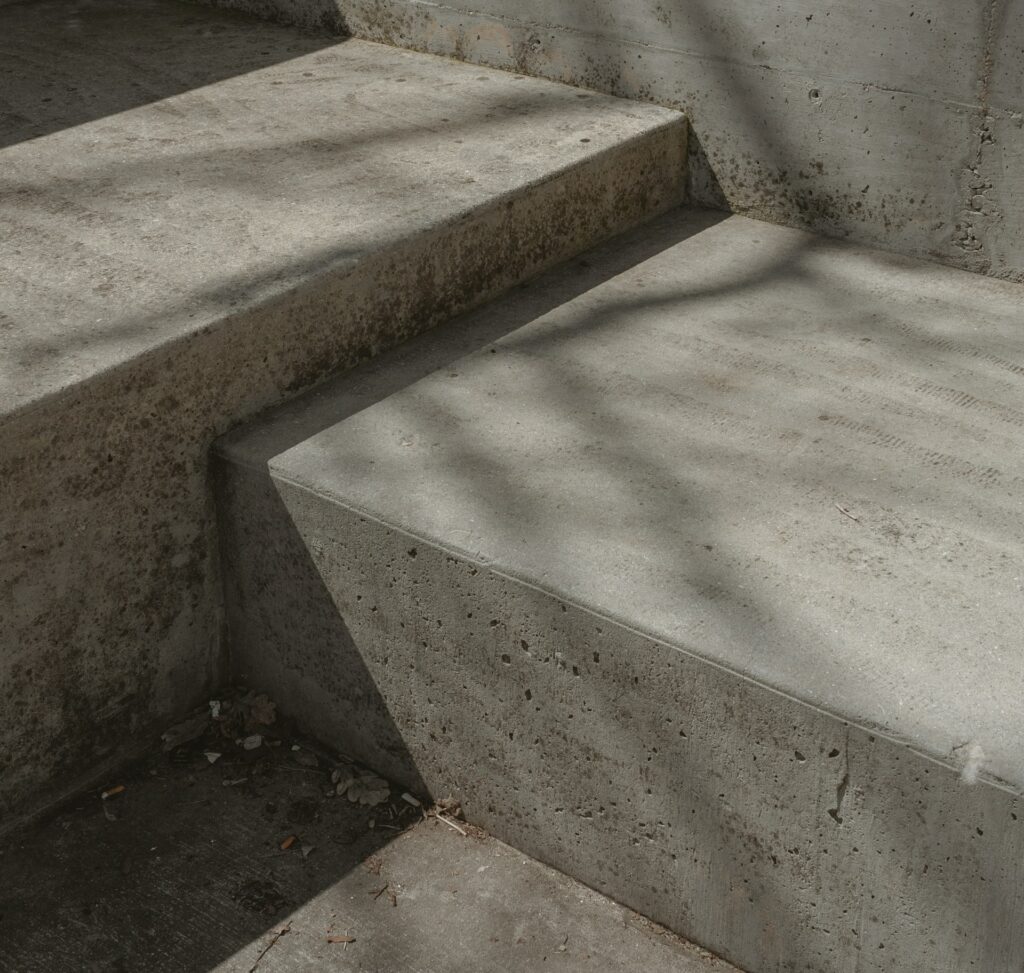
This can nappy
16 June, 2023
The used nappy (diaper for our US friends) is an environmental headache. The average child in the UK will get through around 7,000 in their early years, which is around a tonne of waste. Made from wood pulp, cotton, viscose rayon, polyester, polyethene and polypropylene, they are most commonly disposed of in landfills or by incineration. Their complex ingredient makeup means that to be recycled, their plastic elements must be separated from their organic fibres, a complicated process which isn’t widely available in most countries.
But the used nappy has gained an unlikely new lease of life as a possible sand substitute in concrete mixtures used for construction.
In the University of Kitakyuki, Japan, a team has discovered that disposable diaper waste can be used as an alternative ingredient in mortar and concrete mixtures. Combining different volumes of dried and shredded diapers with cement, sand, gravel and water, the team found that diaper waste could replace up to 10% of the sand required to build a three-story house, 27% in a one-story house, and up to 40% for the construction of partition walls in buildings.
This discovery therefore holds promise as a way of reducing landfill waste, while also responding to the growing demand for low-cost and sustainable housing, particularly in Indonesia, where the first ‘diaper-infused’ concrete house has been built. As with many of these innovations (see also seaweed for bricks and mushroom insulation) it remains to be seen whether it is a scalable and effective solution. But with concrete currently accounting for 7% global greenhouse gas emissions a year and requiring 50 billion tons of sand annually, we need all the blue sky, down-and-dirty thinking we can lay our hands on. And we can lay our hands on a *lot* of used nappies.
Sustainable, repurposed and low cost- it’s a triple whammy for the nappy.
By Rosie Serlin
 Back to all friday 5
Back to all friday 5